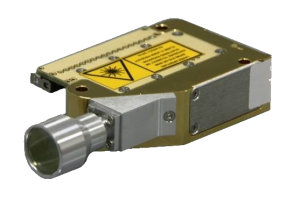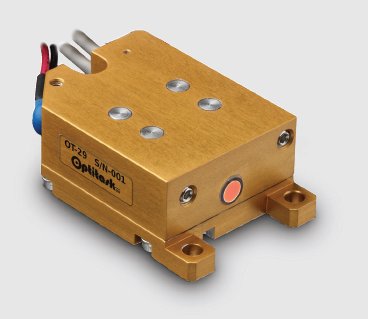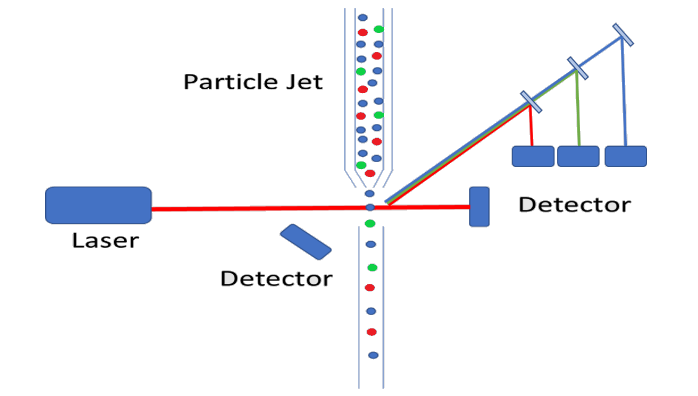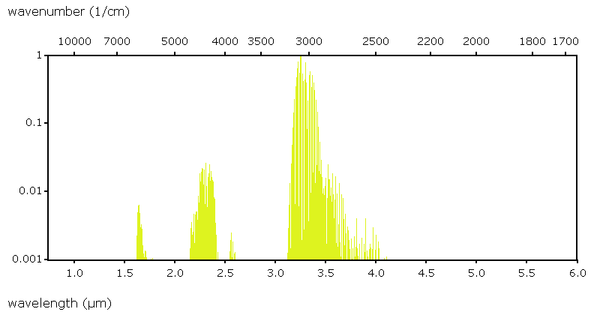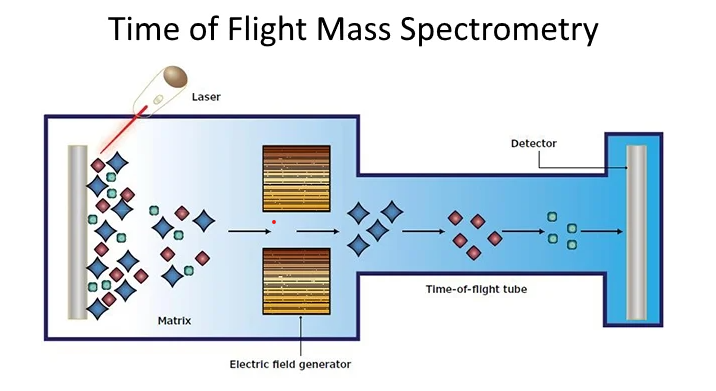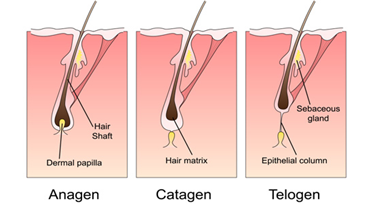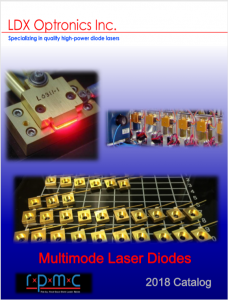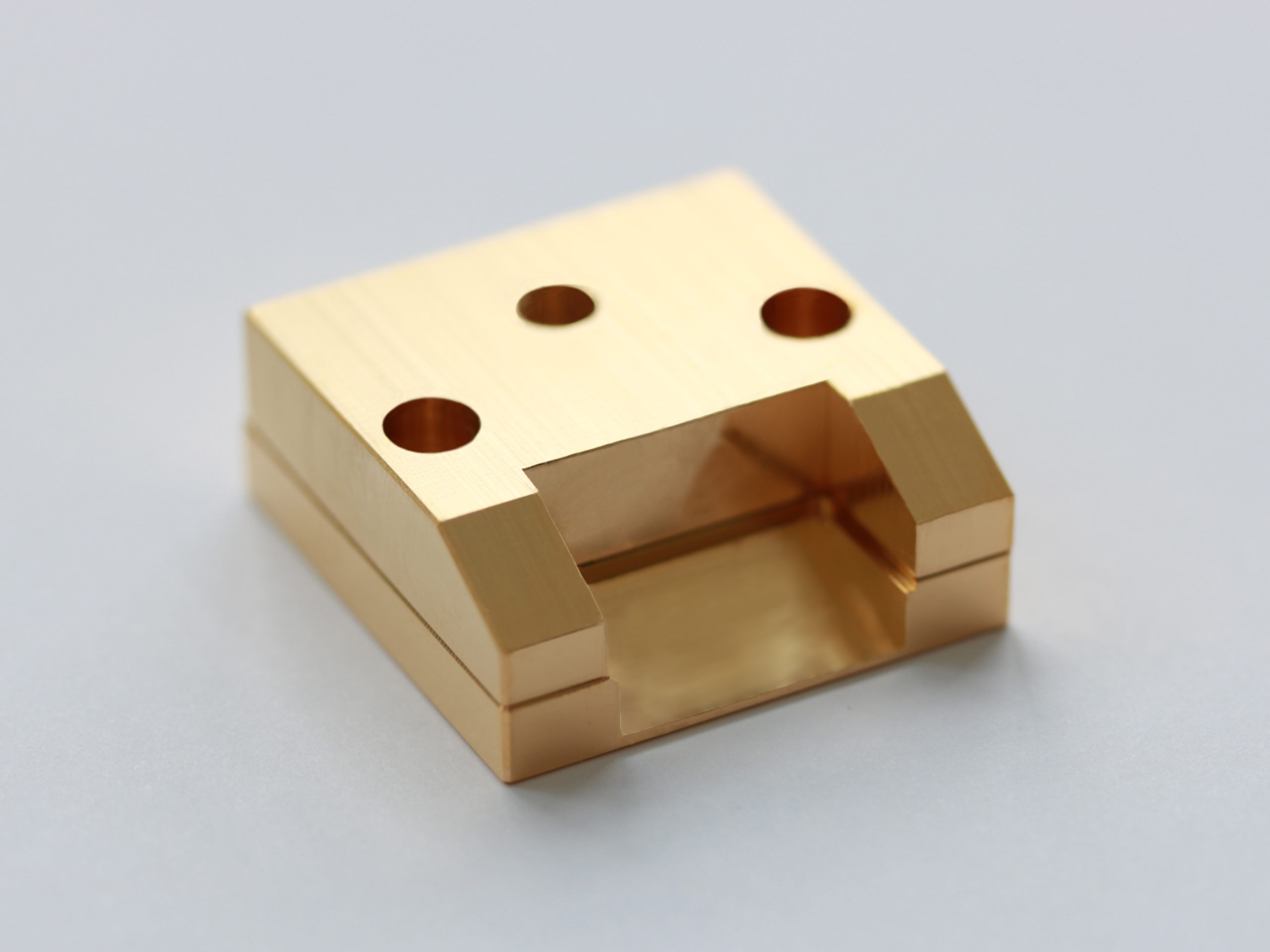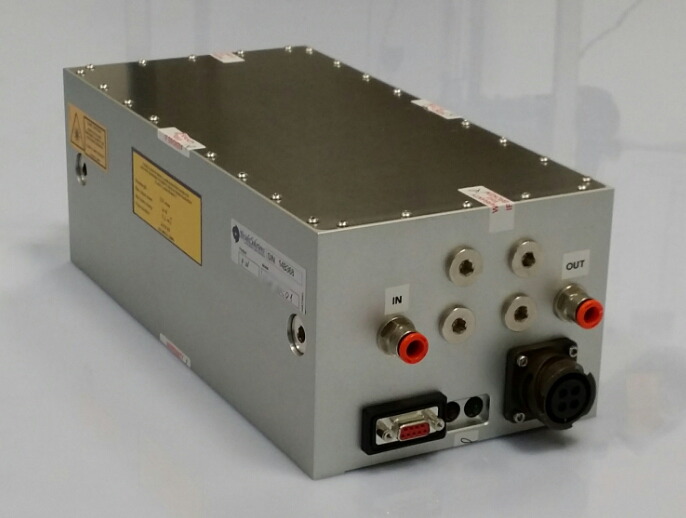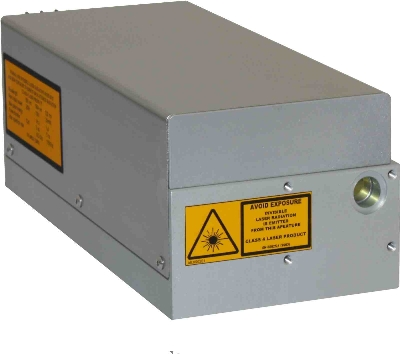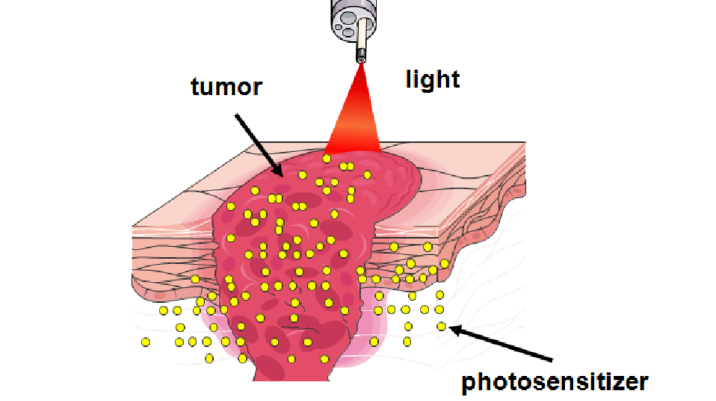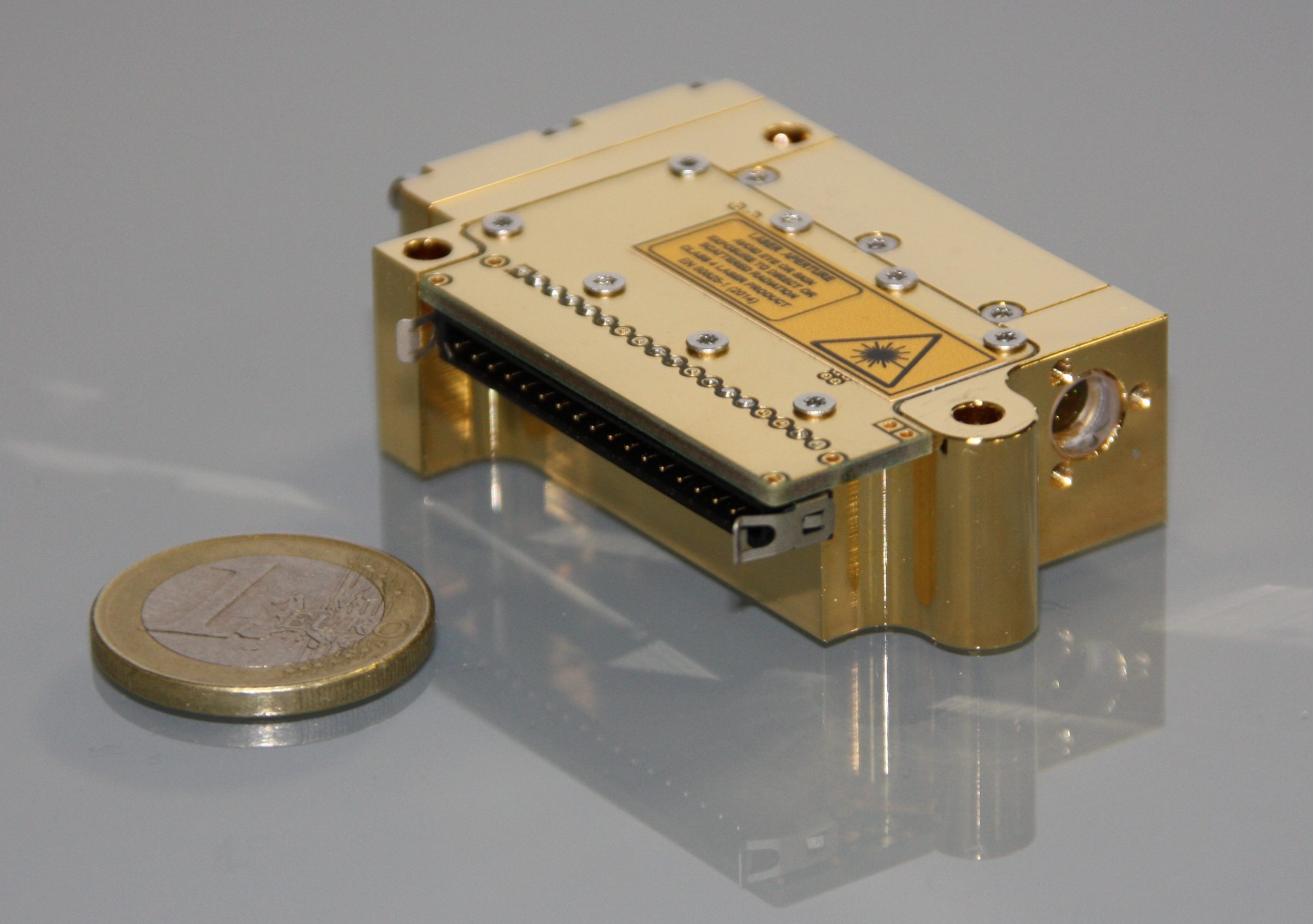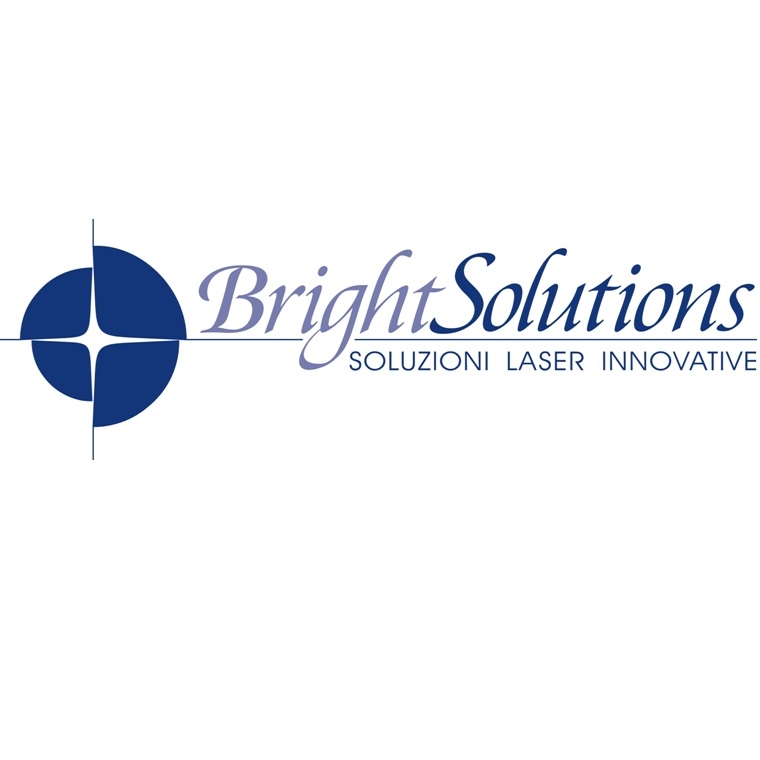The Basics of Microchip Laser Harmonics
Microchip lasers have been around since 1989 when they were first produced at MIT’s Lincoln Labs, but it wasn’t until recently that they have become commonplace in the commercial laser market. As such, they are still somewhat misunderstood. In this blog, we are going to take some time and explain their functionality and why they are so uniquely suited as compact pulsed laser sources at a wide variety of laser wa… Read More

 SHIPS TODAY
SHIPS TODAY 